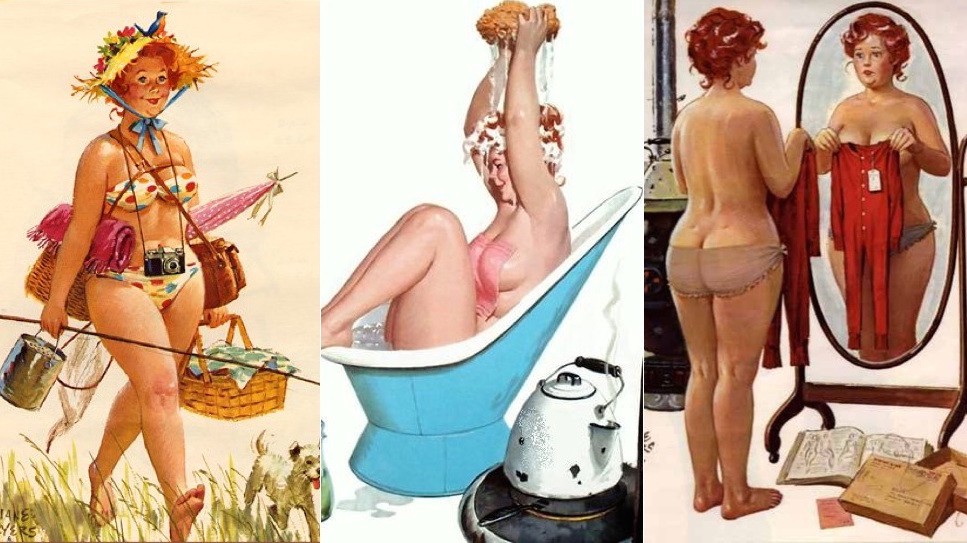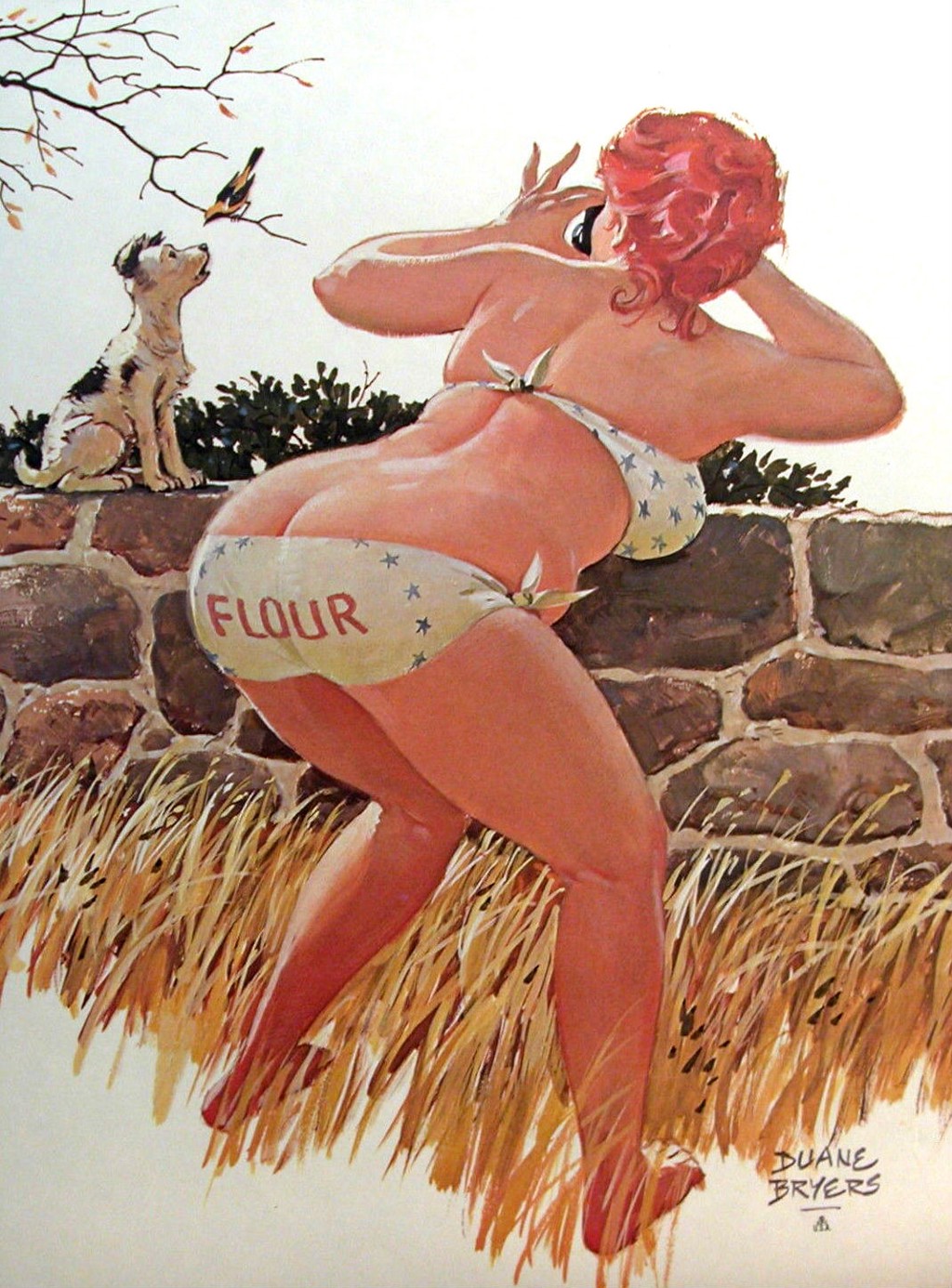Meet Hilda, The World’s First Plus-Size Pin-Up Girl
by k._thor_jensen, 8 years ago |
3 min read
Hilda stole hearts in the 50s. Now she’s making a comeback.
During the 50s, female beauty was pretty conventional, all things considered. When you think about the legendary beauties of the era, you think Marilyn Monroe and Elizabeth Taylor — wasp-waisted and curvy where it counts, but otherwise slim and trim. However, there was one pin-up figure that flouted this standard to massive success — a brassy redhead named Hilda, who was featured in calendars from the 50s to the 80s in a variety of poses that unapologetically showed off her figure. Those calendars hung in gas stations, back offices and everywhere men with a little spare time gathered.


✕
Do not show me this again
